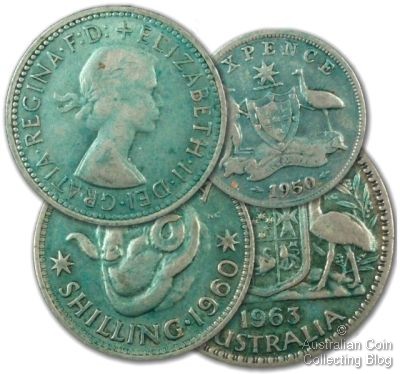Article courtesy of E&T Kointainer Co
What is PVC?
PVC is the acronym for polyvinylchloride, the plastic that is commonly known as vinyl.
Why is vinyl dangerous for collectables?
Because it degrades over time. The plastic itself breaks down releasing hydrogen chloride gas, which can cause microscopic pitting on the surface of coinage metals. The pitting can give a cloudy appearance to coins, particularly proofs. Most vinyl has a chemical added to make it more pliable (pure vinyl is very brittle and will crack when folded). The softening chemicals, called plasticizers, can leach out of the holder onto the coin. The result is “green slime” on the coin. The plasticizer attacks the copper in the coinage alloy. In time, the coin can become corroded. In the case of paper money, the plasticizer soaks into the paper, causing it to stick to
the holder and become translucent.

How do I remove green slime?
If the coin is not corroded, the sticky plasticizer can be safely removed with a neutral coin solvent such as denatured alcohol.
Is there safe vinyl?
No. All such “coin safe” vinyls, although they have little plasticizer, still will release hydrogen chloride over time. For this reason, no form of vinyl is approved by museums for preserving collectibles. So called “non-PVC” vinyl is a misnomer. All vinyl is PVC. Many coin collectors and coin dealers do not understand that the unplasticized vinyl used in stiff coin flips, etc. is still PVC and still dangerous.
How can I tell if the plastic is PVC?
The simplest definitive way is to use the Beilstein test. Heat a bare copper wire in a gas flame, touch the hot wire to the plastic and insert the end of the wire back in the flame. A burst of green flame indicates the presence of chloride, and the plastic is most probably PVC or a similar dangerous plastic.
